Just avoid pointing your camera at the sun, and if you find yourself pointing that way, stop it :) This is more for your eyes than the camera, as I for one sometimes peer over the top of my camera to try and get it back on track. For that matter, shots broadly in the direction of the sun are likely to have a lot of shadow - the better shots will be away from the sun
As for heat - just being aware of the issue is a good start, so you think about where you leave your camera in your room, test the lens temperature by hand occasionally, etc. But a pale rather than black camera bag might be a good idea.
If there's any Vietnamese camera clubs you know of, it might well be worth getting in contact - they will be able to give you far sounder advice.
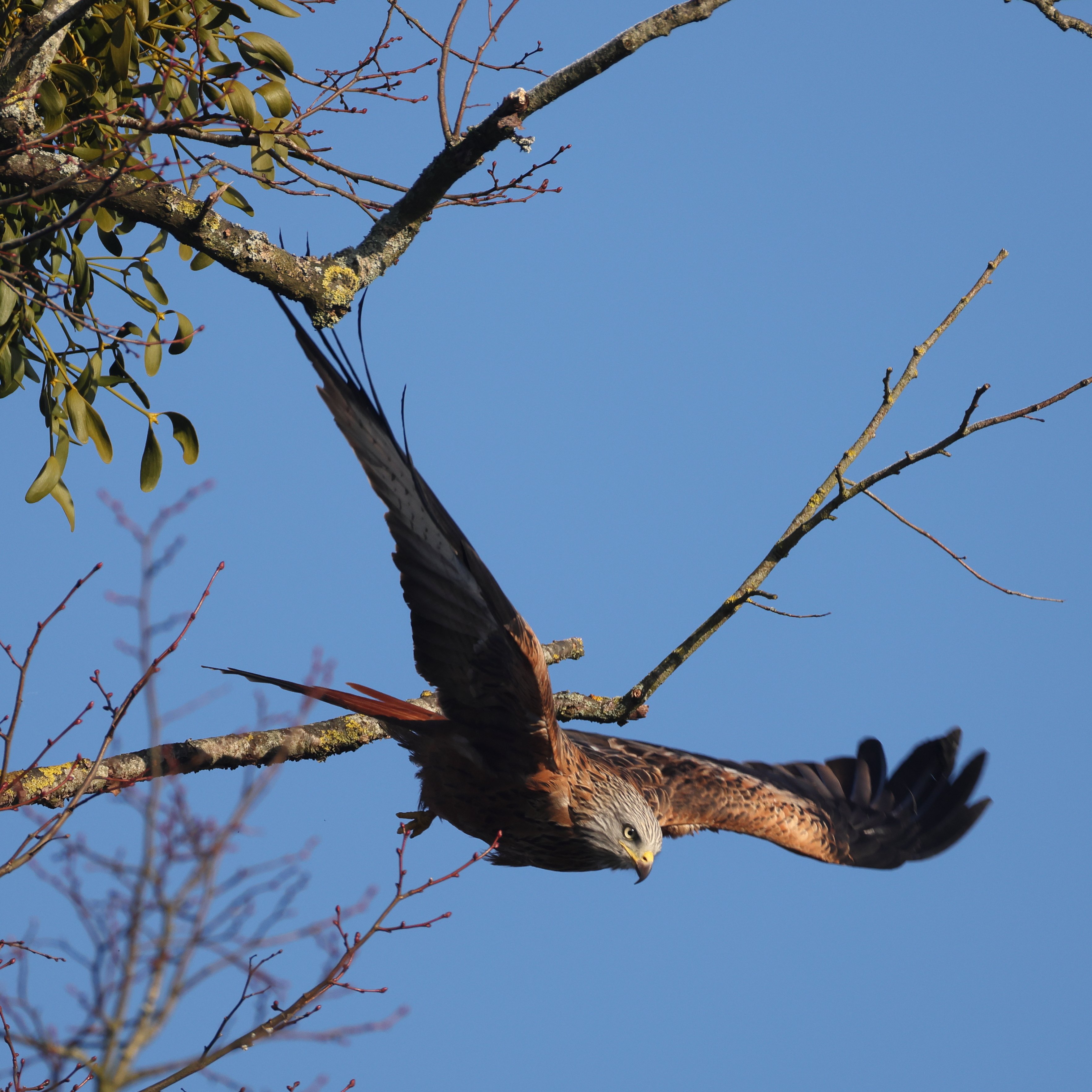
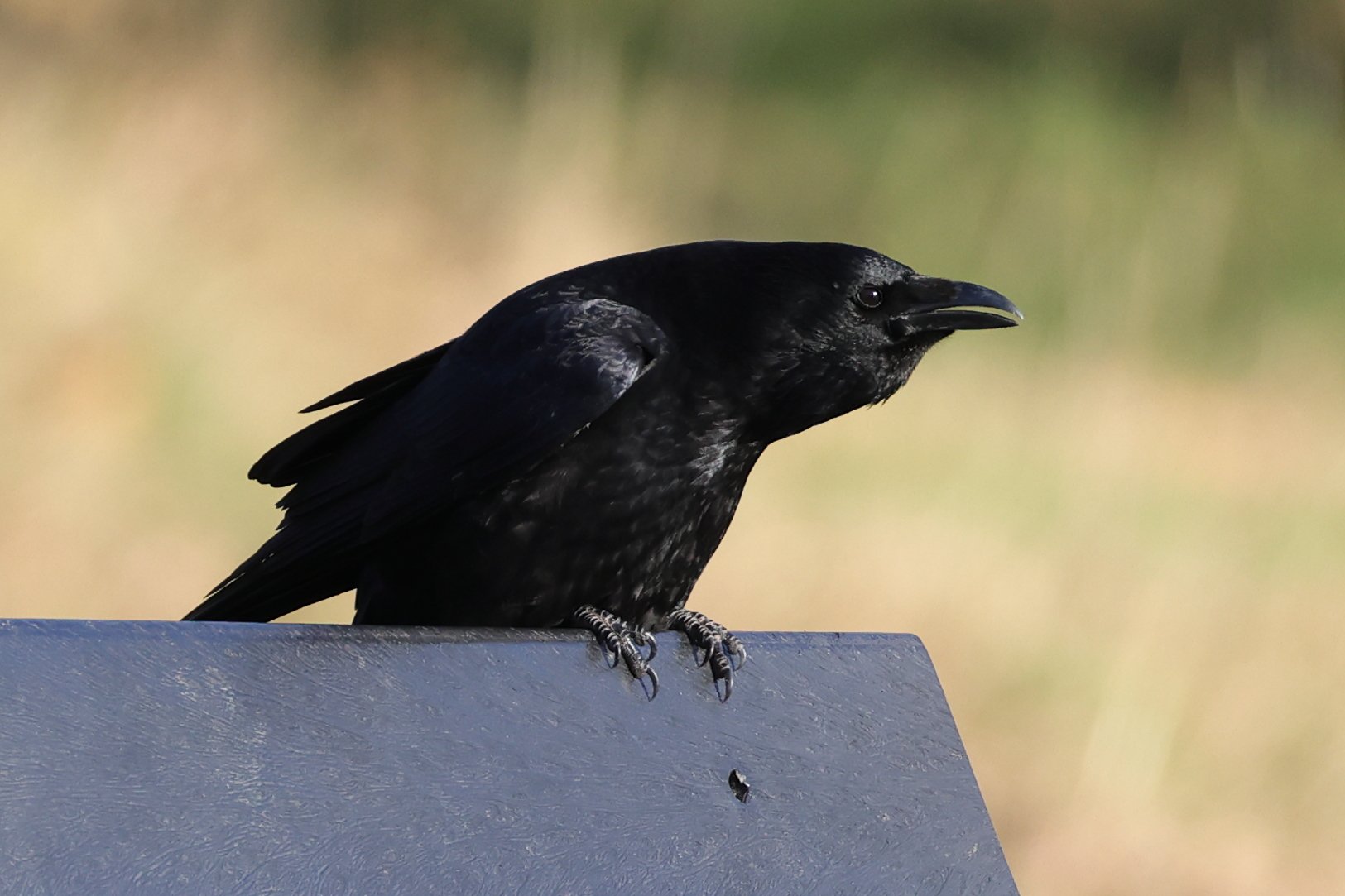
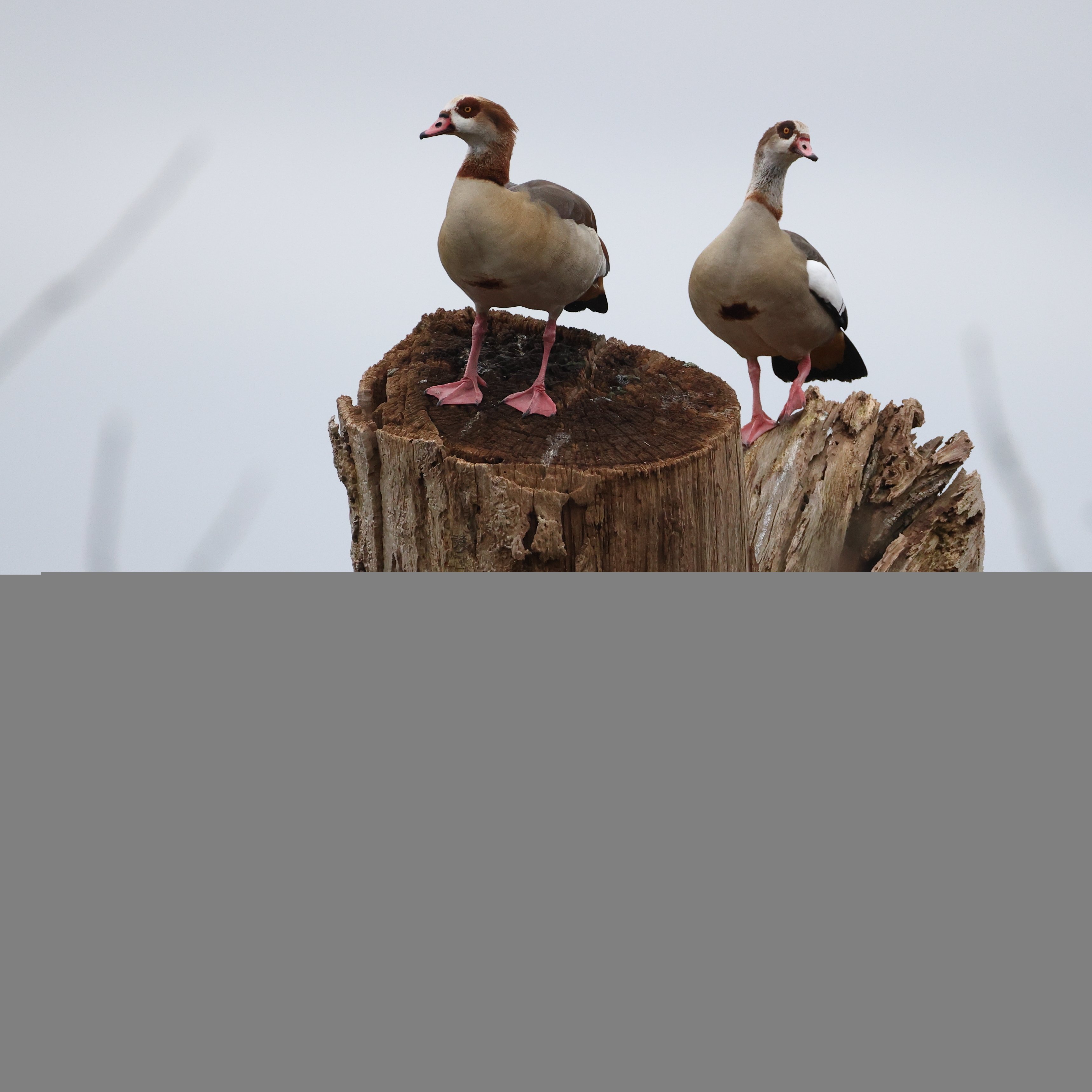
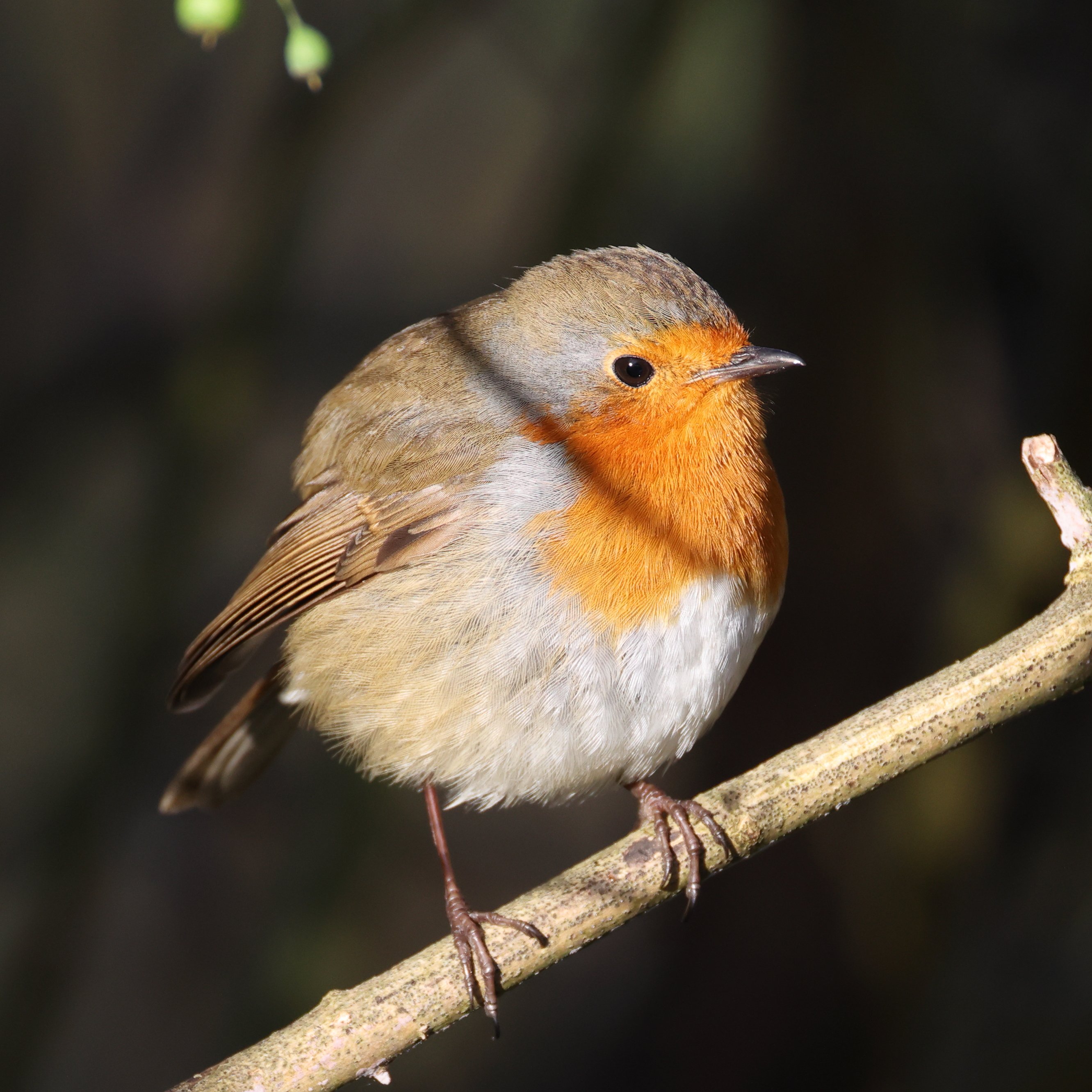
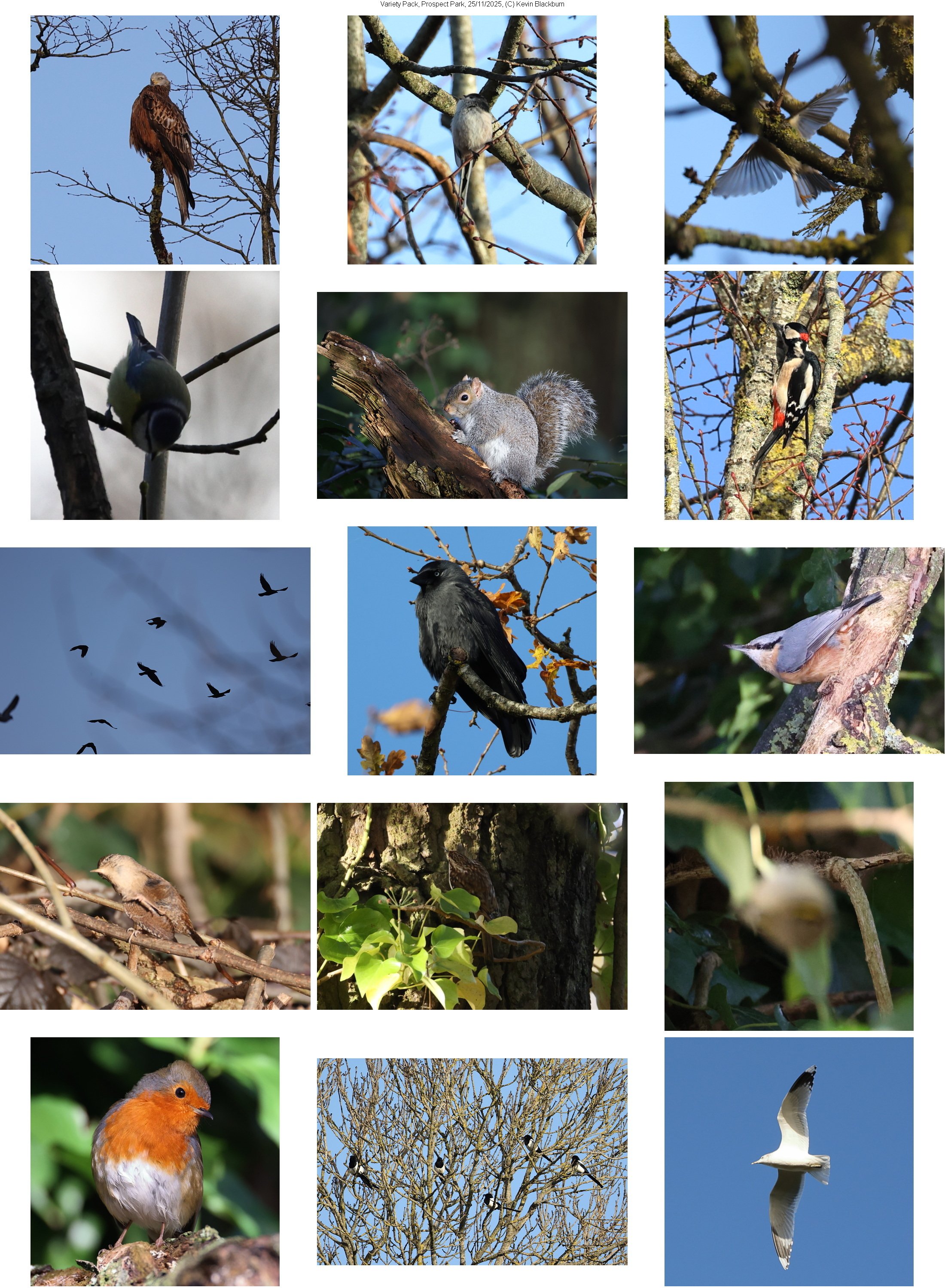
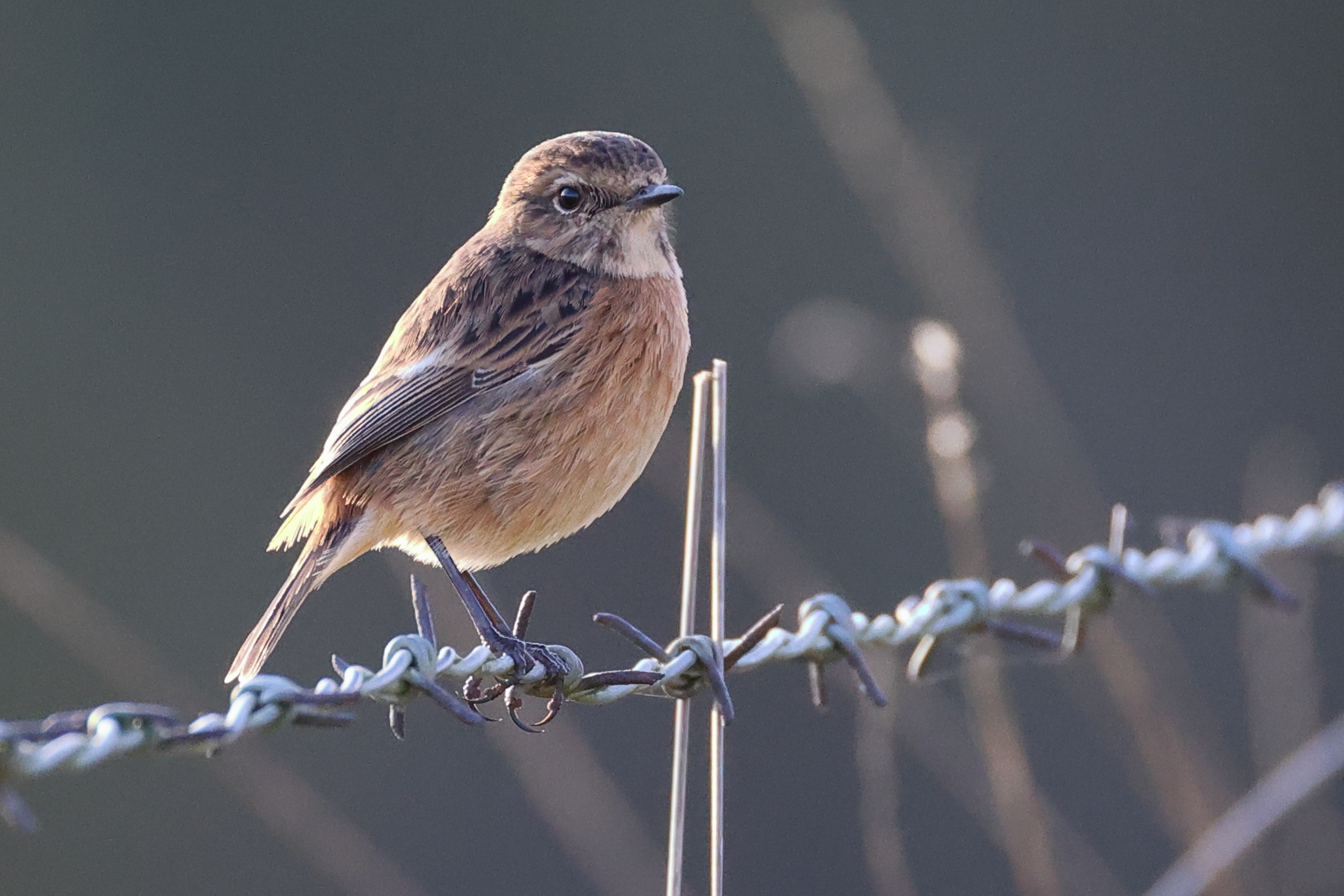
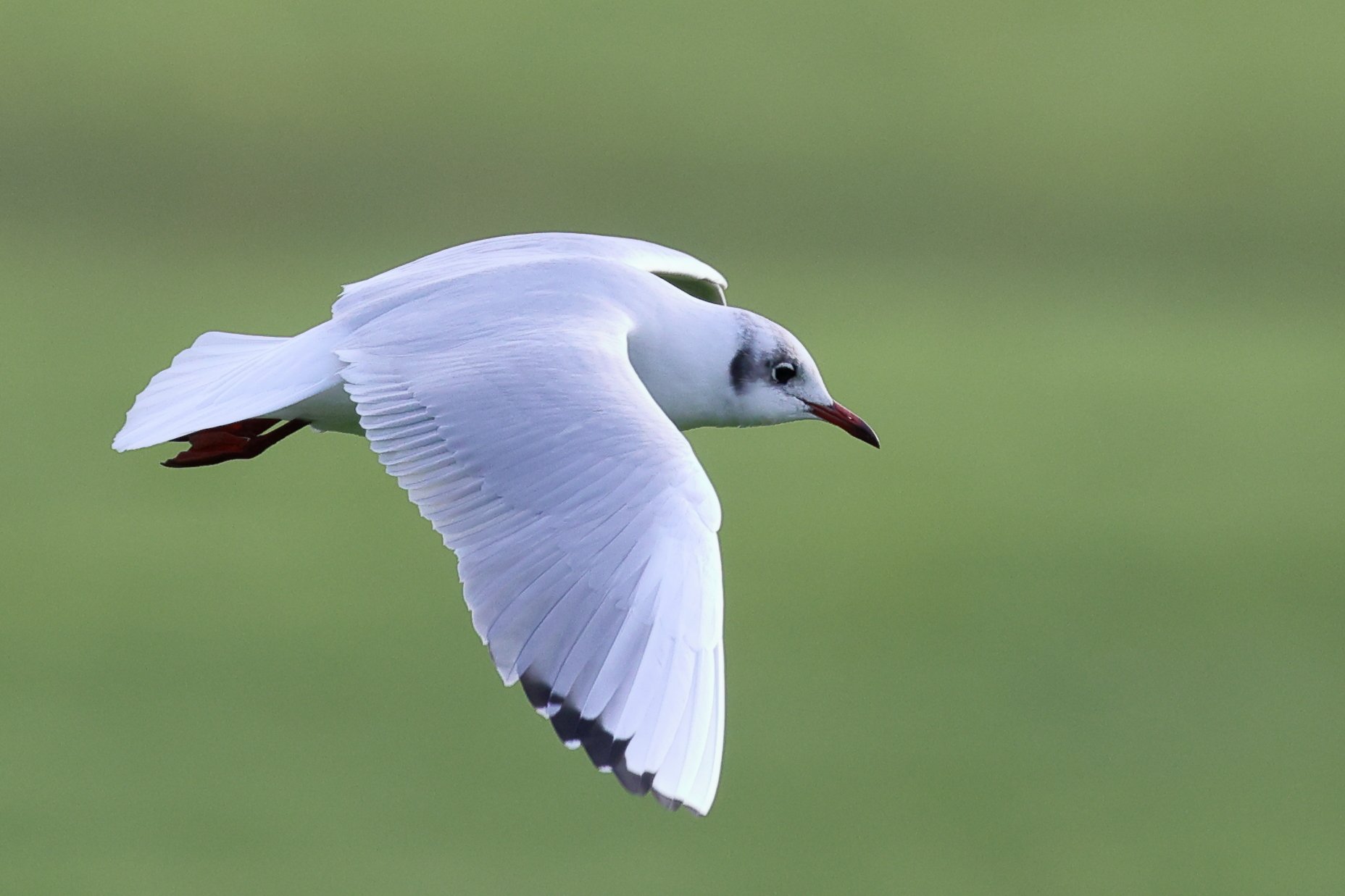


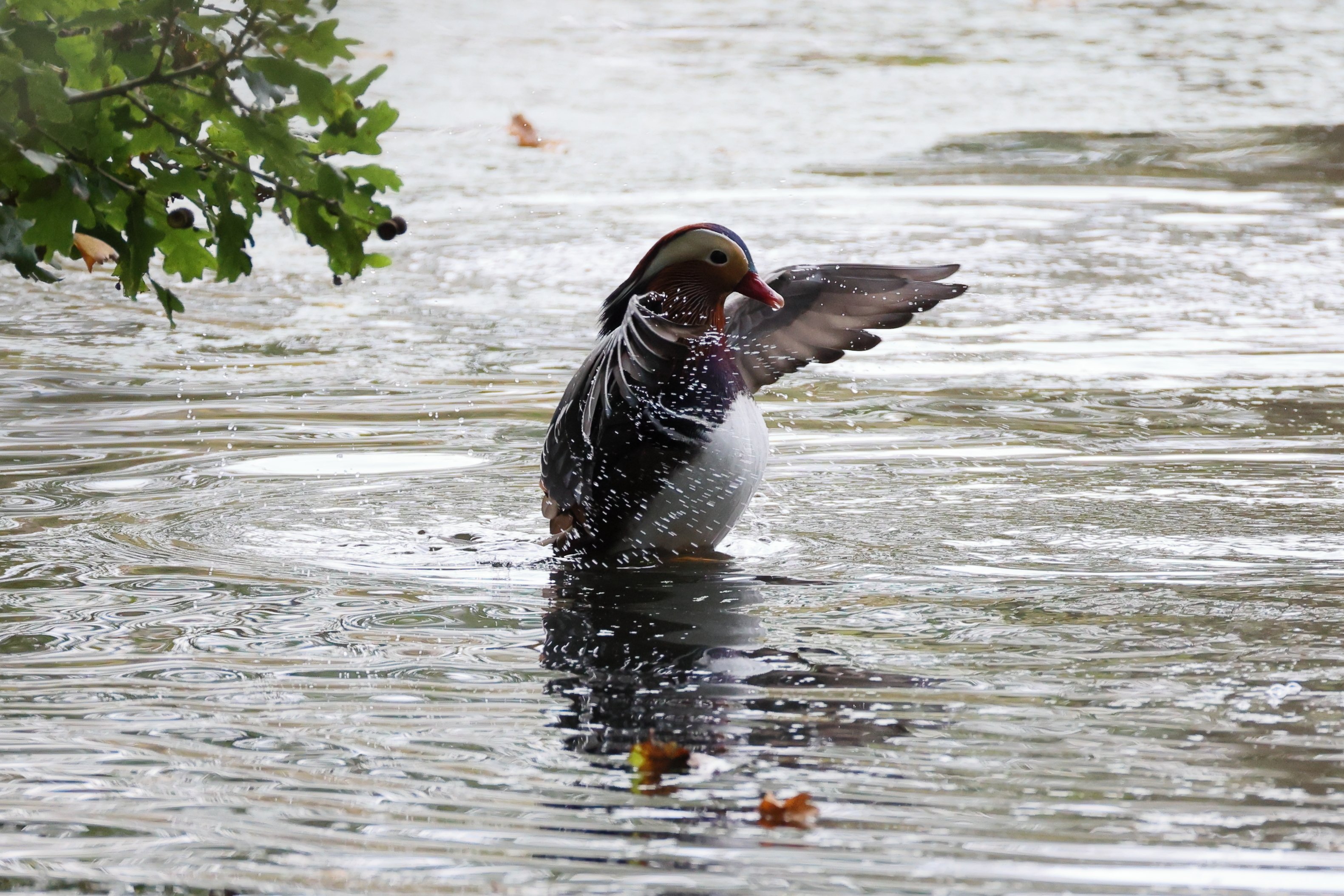
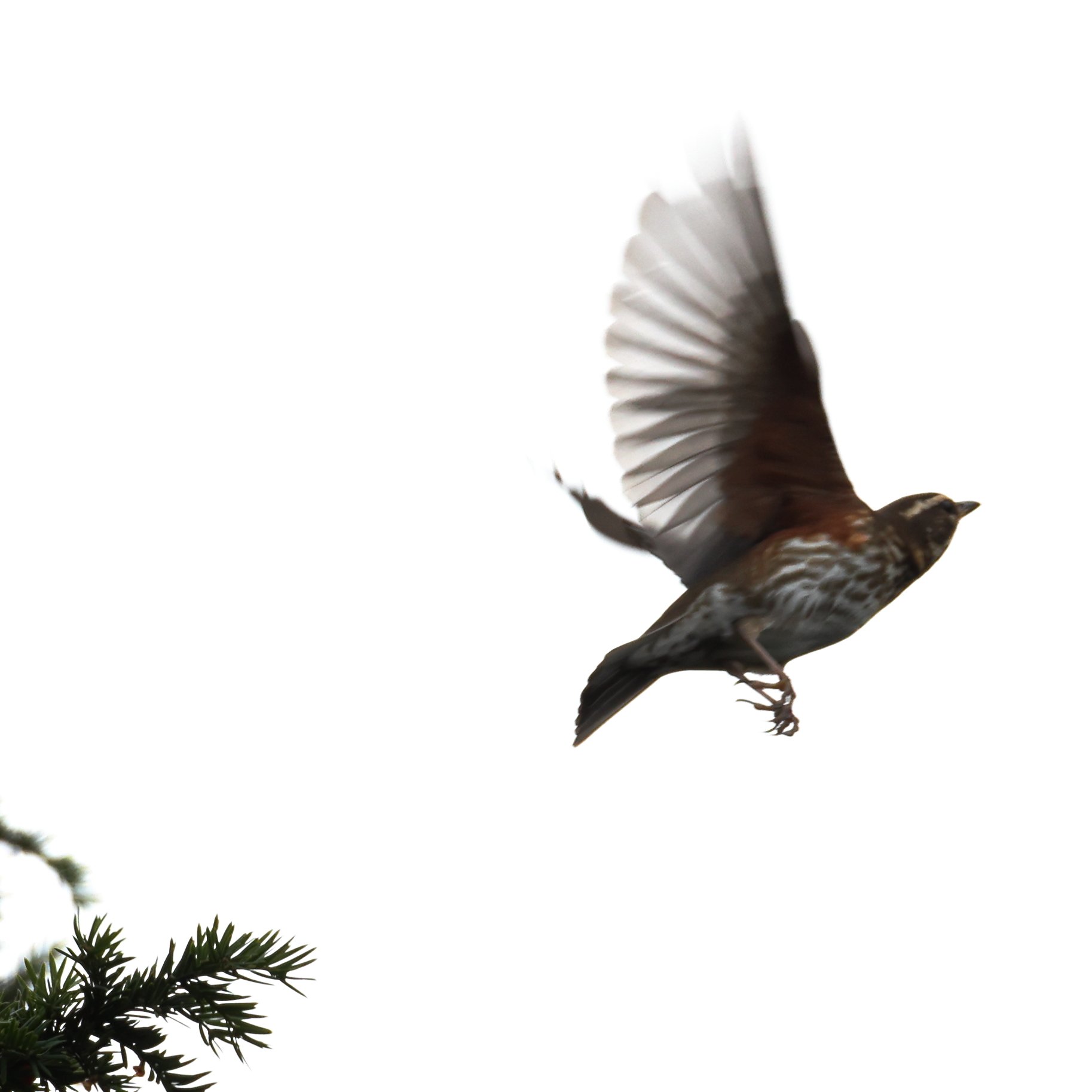
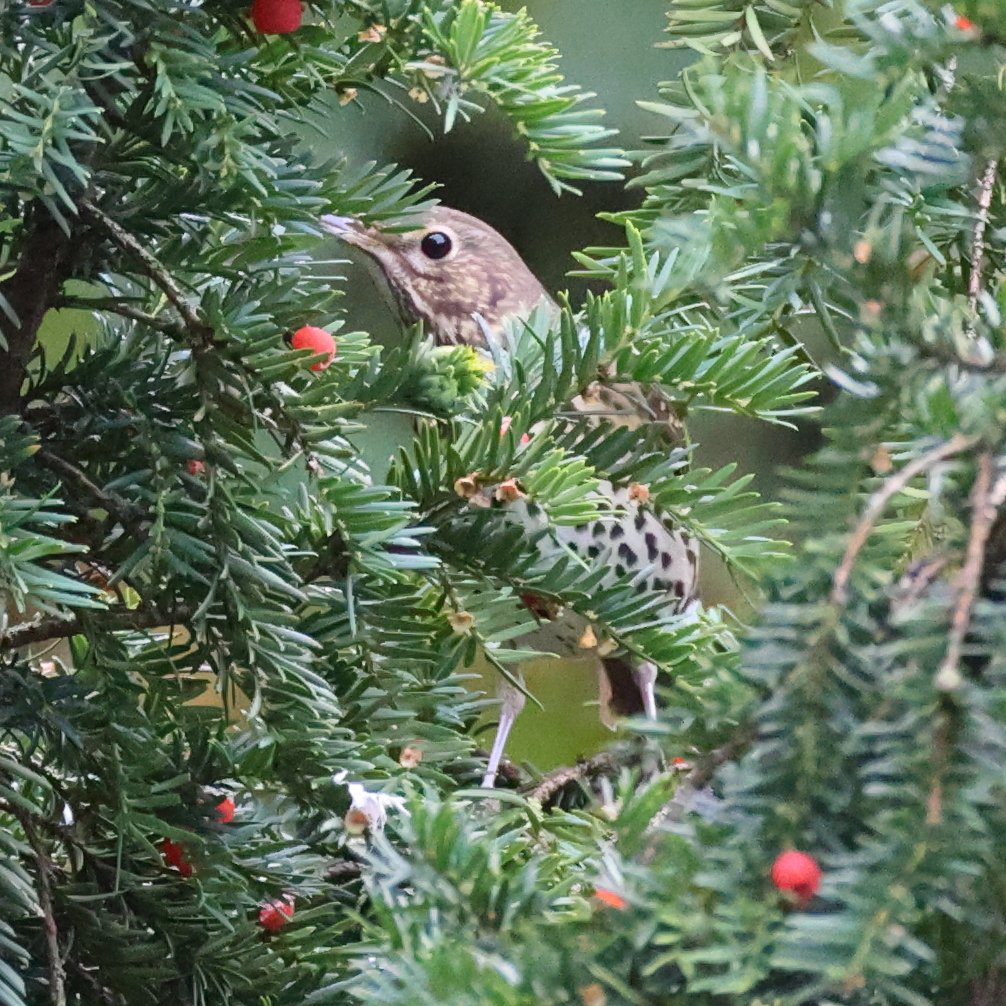
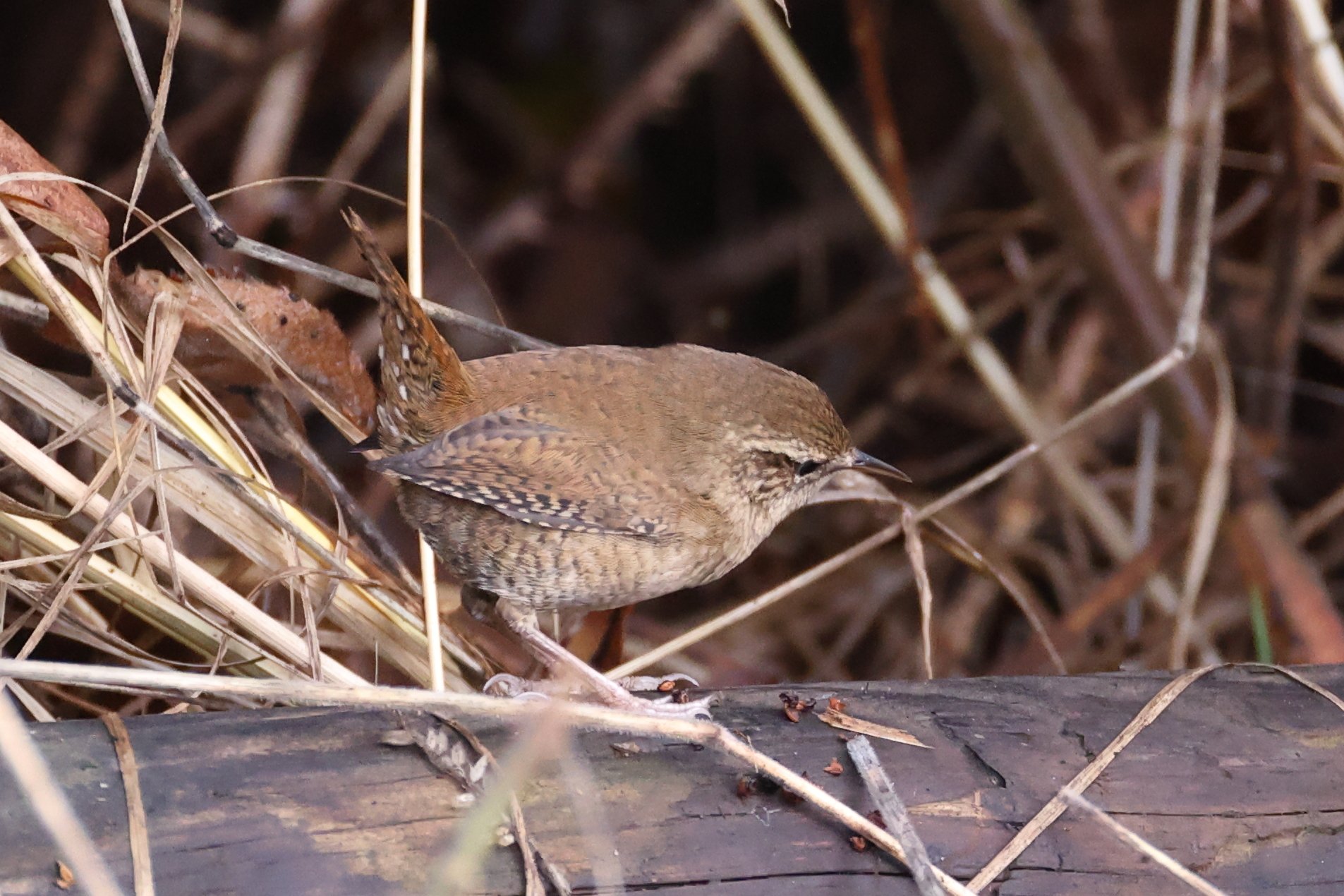

I happened to choose ACDSee Photo Studio to add keywords, ratings and catalogue them, so I could do the simple "Show me all pictures of Magpies with a Rating of 4" searches (because I want to find my best Magpie photo, etc.). Product chosen as it was not subscription, so works "forever" (though you do get bombarded with upgrade offers).
The keywords show up as tags in Windows File Explorer properties, and you can now add tags there directly. Don't go for any approach that is not visible in your operating system, outside of the app!
I'm not sure it was the best option, but, as purchased, it does the job I needed. Ironically I ended up with the full ACDSee package, for all I only needed the cataloging form, and in fact do my small amount of post-processing just in Canon DPP4.